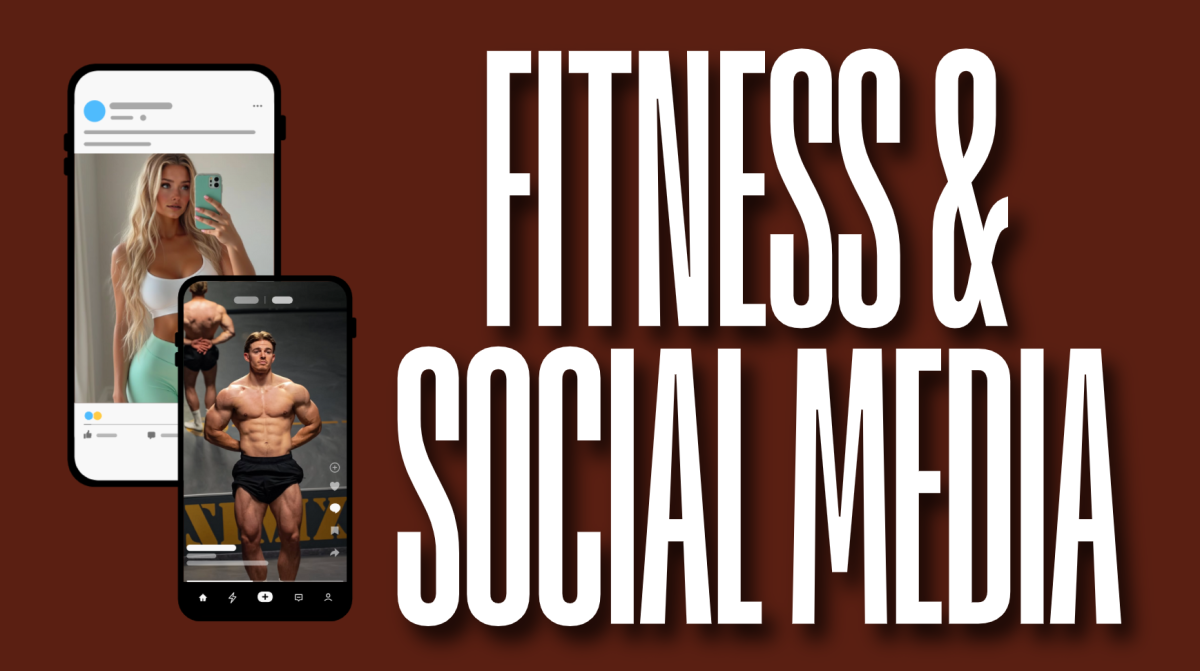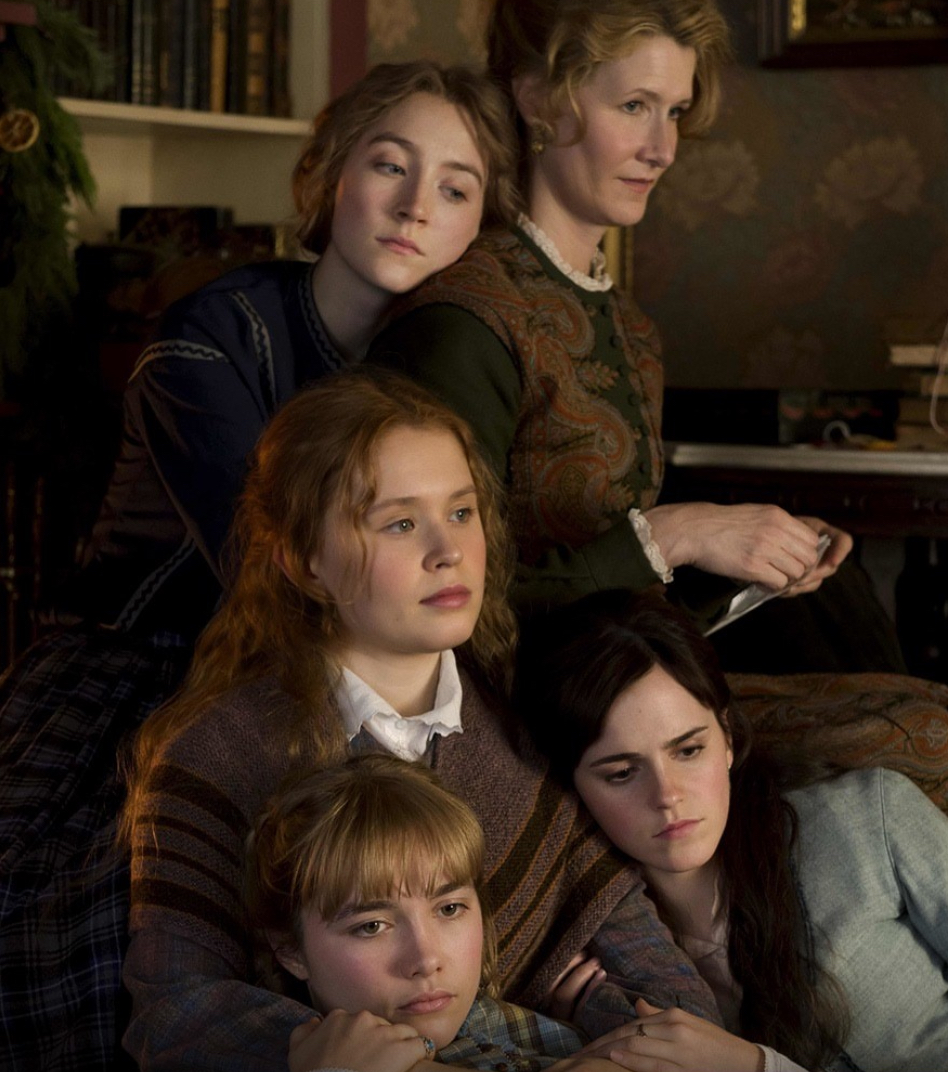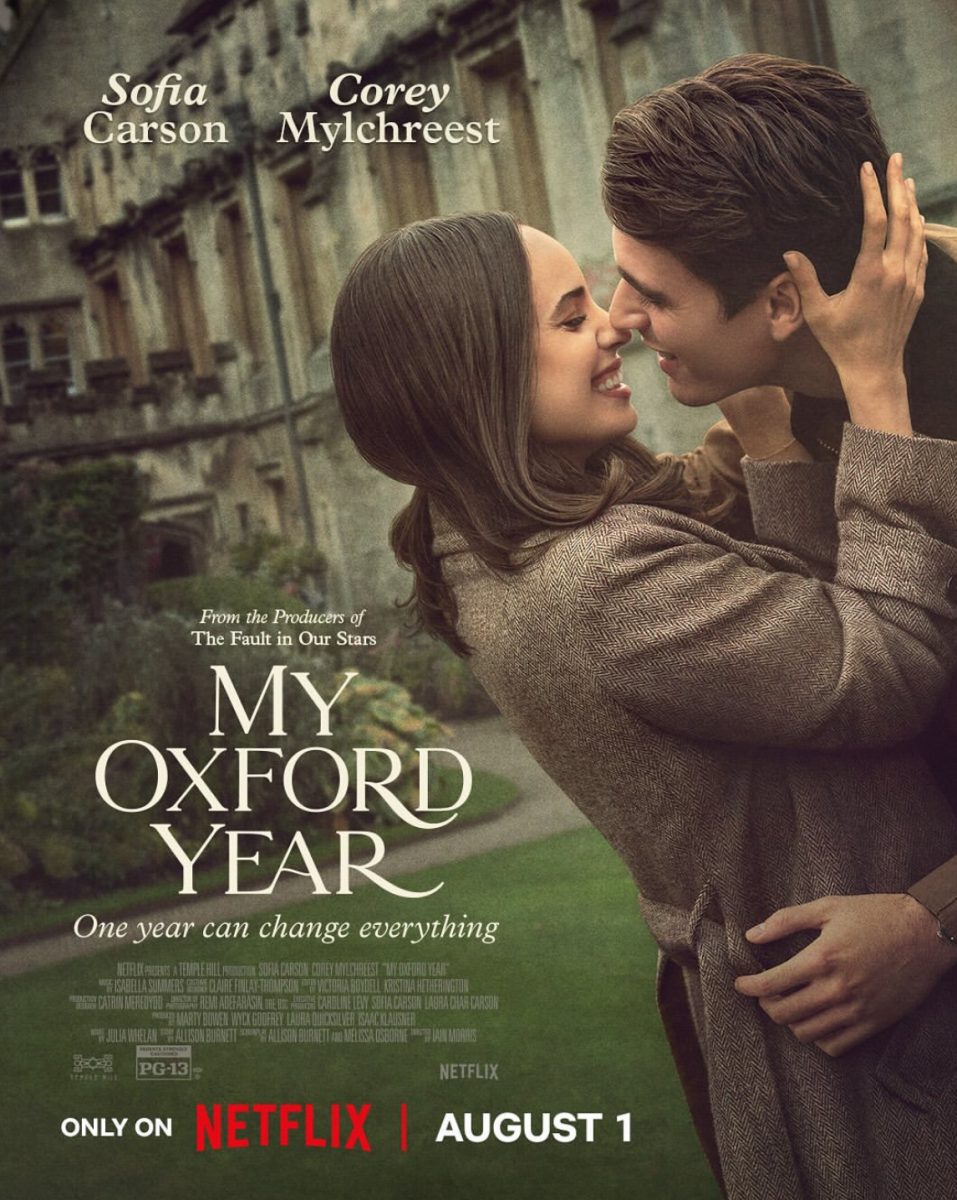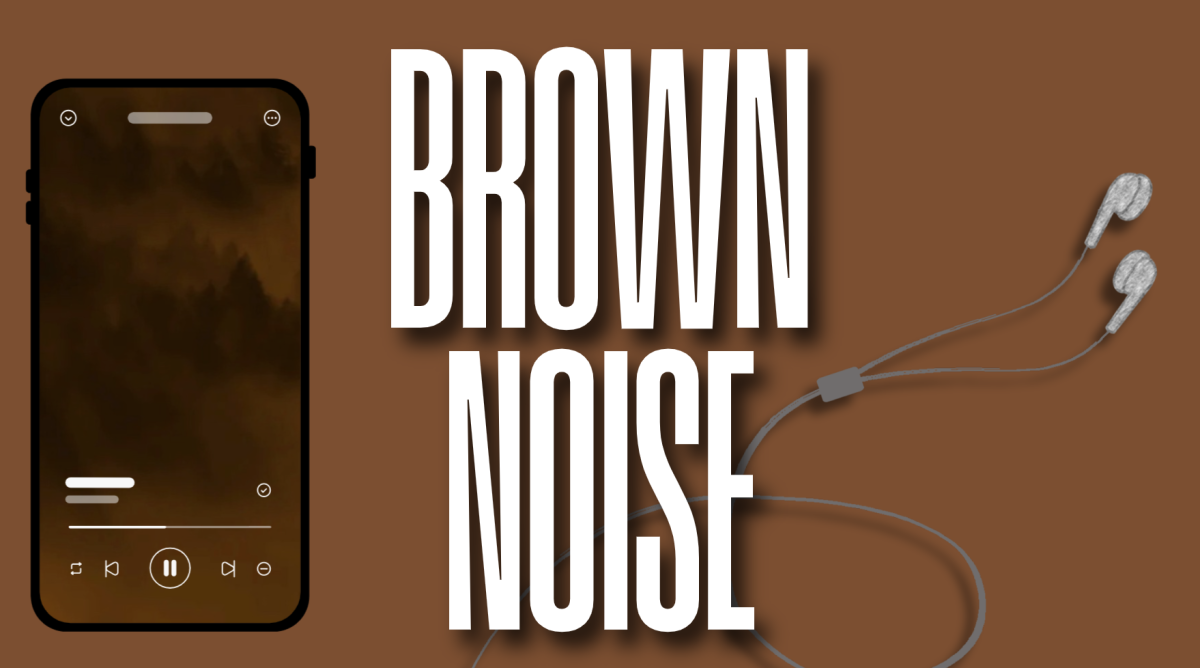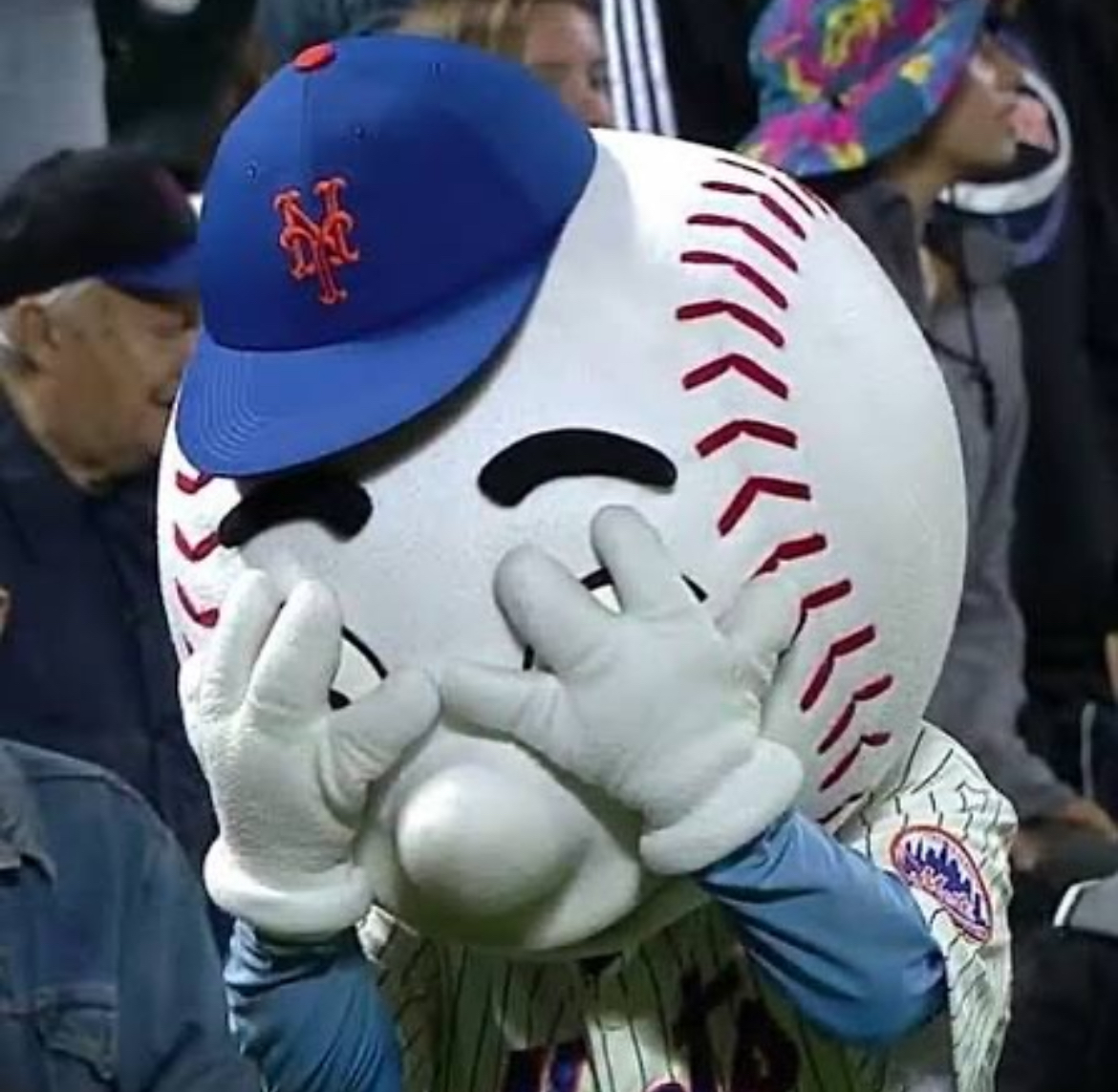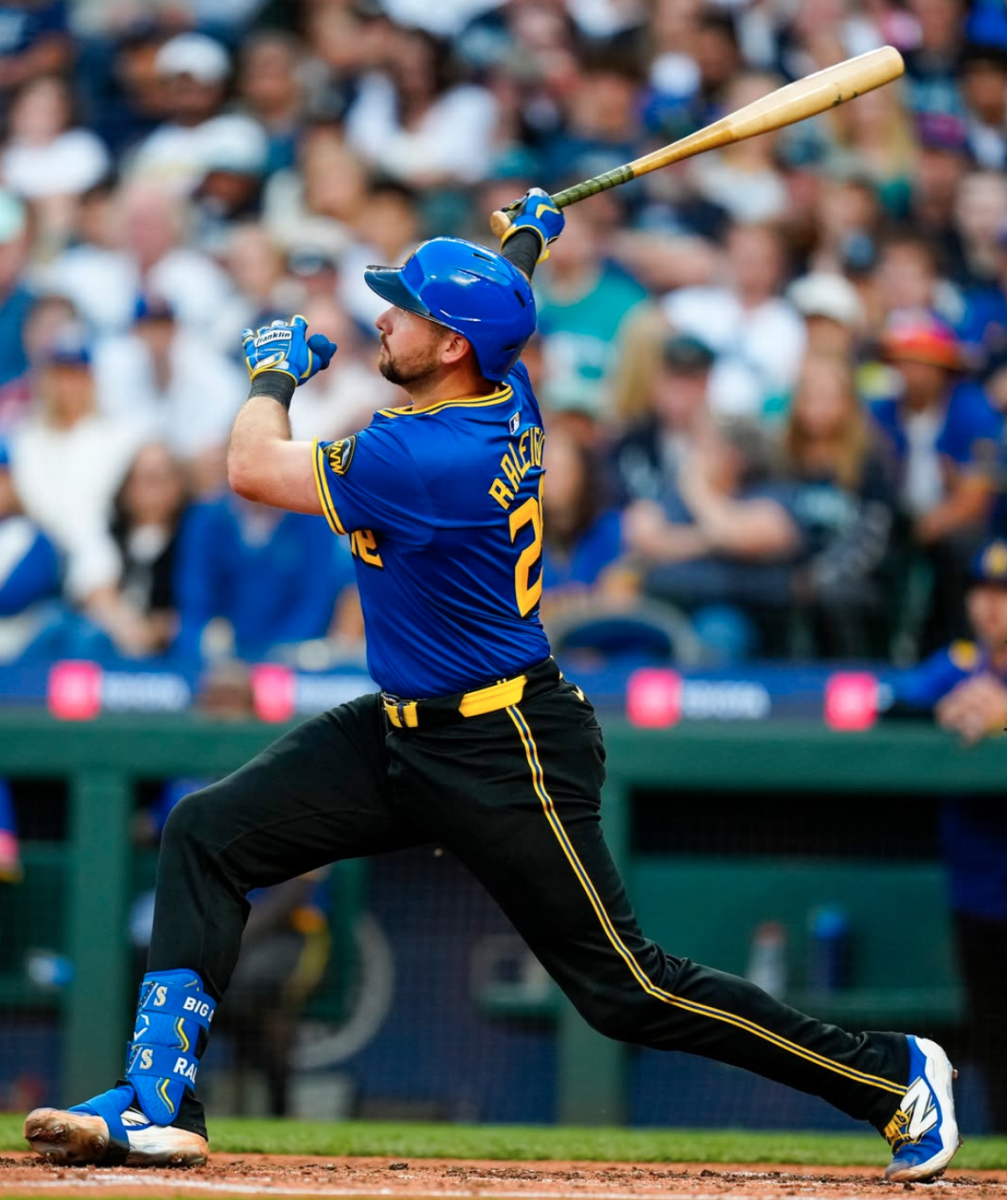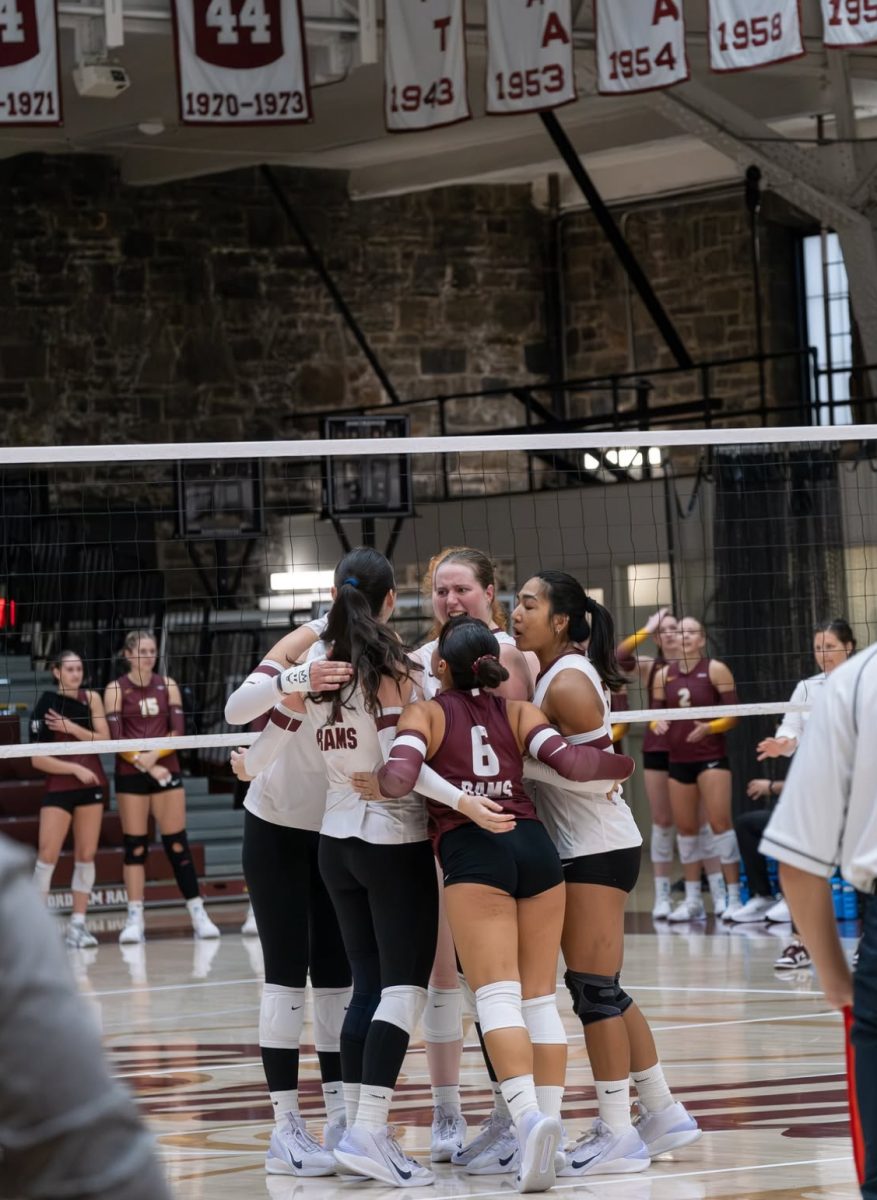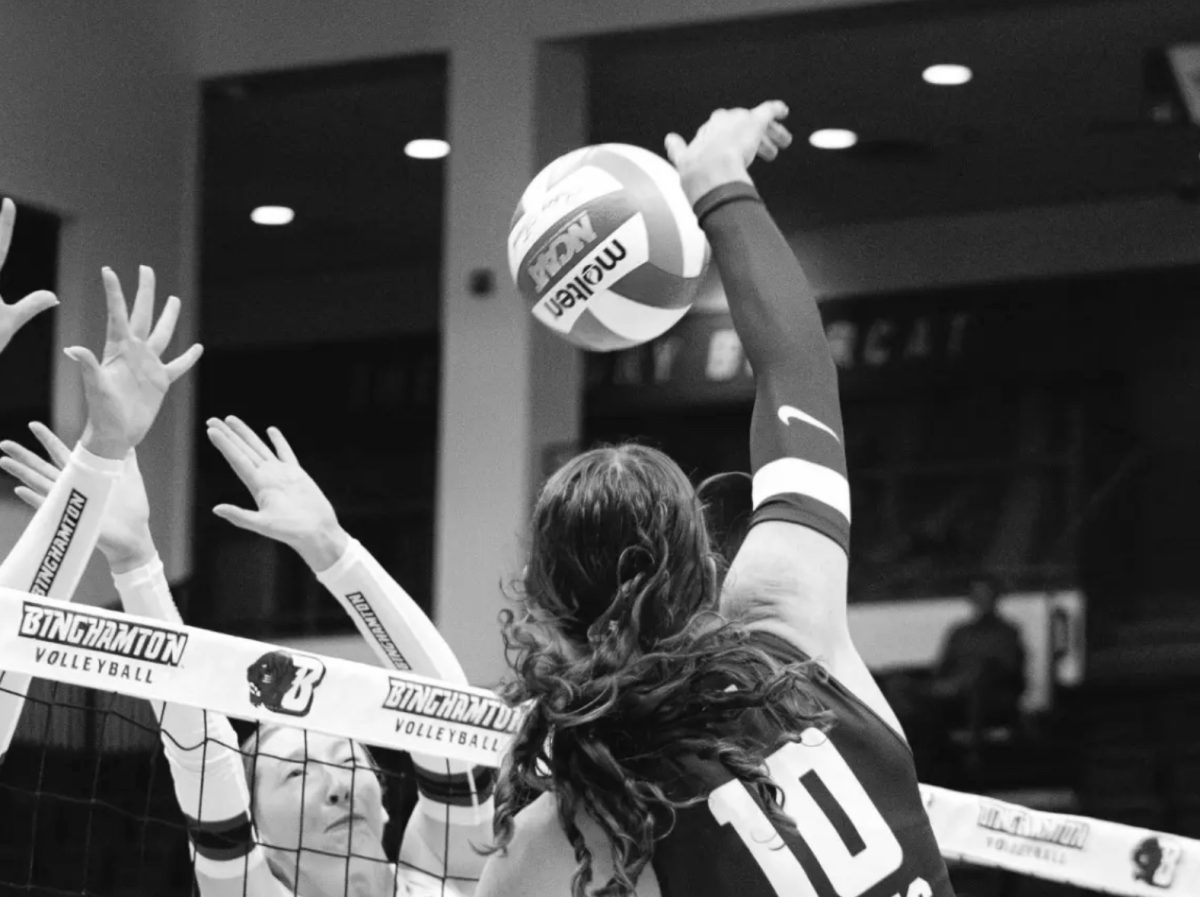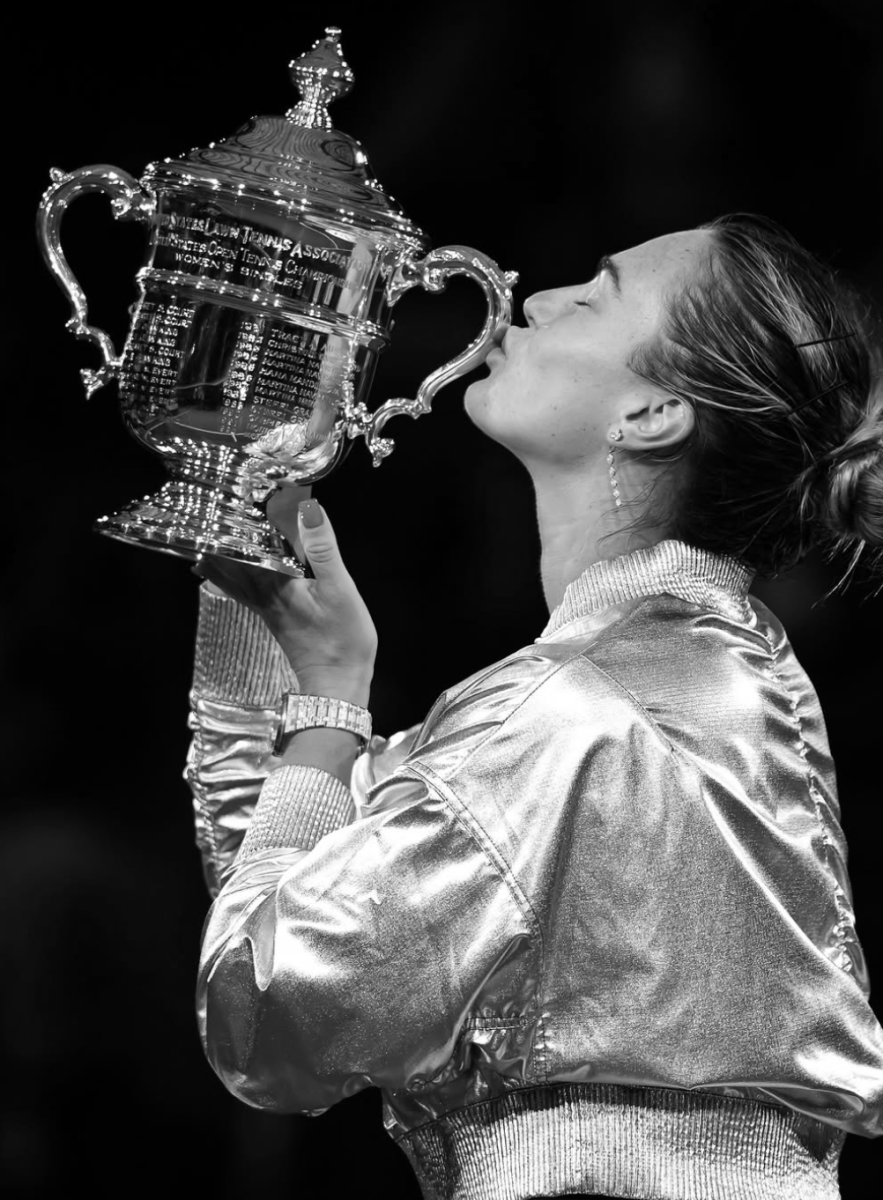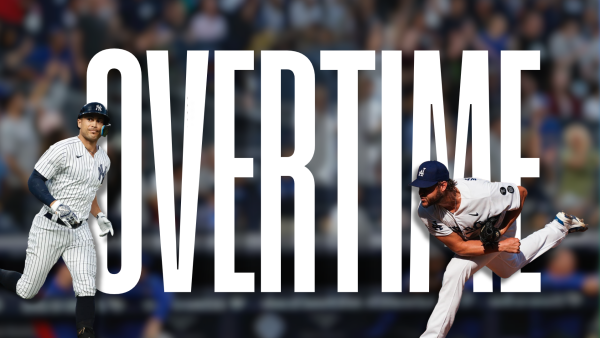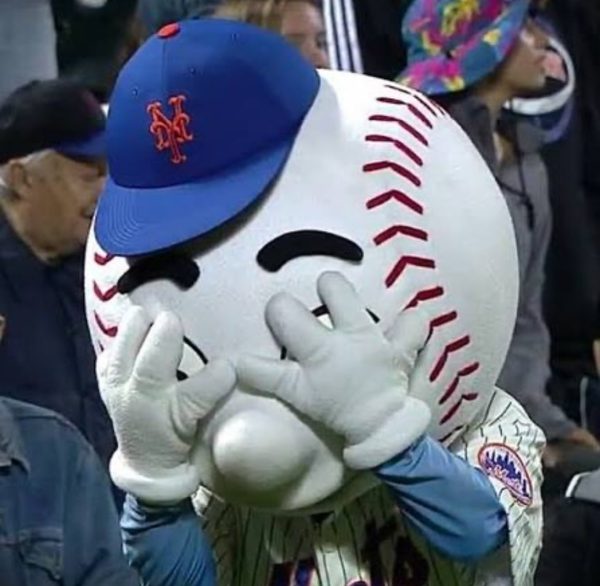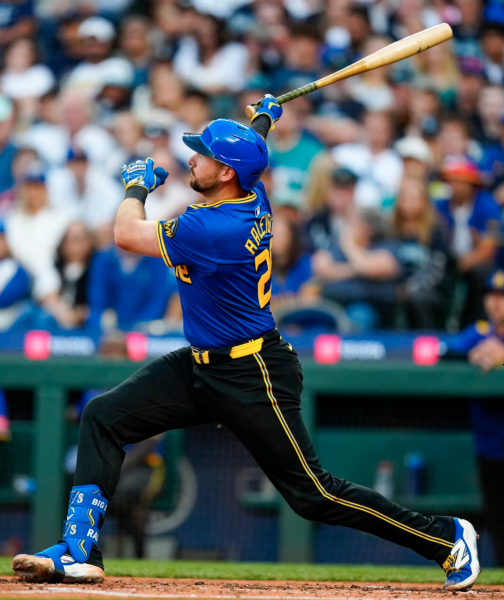Football’s New Alliance
By Jimmy Sullivan
Americans don’t have a very high tolerance for bad football.
When Vince McMahon’s XFL kicked off on Feb. 3, 2001, many were eager to see what it would bring to the table. Many others were suffering from football withdrawal in the days after the Super Bowl and needed their weekly hit. The league’s opening game between the New York/New Jersey Hitmen and the Las Vegas Outlaws drew a 9.5 Nielsen rating, which was considered a smashing success and even scored higher than that year’s Pro Bowl.
However, the quality of play lagged far behind the viewership within minutes. The XFL quickly became the Fyre Festival of sports leagues, with everything from camera shots objectifying cheerleaders to Jesse Ventura sideline interviews and — worst of all for the league’s ratings — horrendous quality of play. The league was a gimmick, and it didn’t take very long for most of the country to realize this. Some wanted to see a legitimate competitor to the NFL, but instead, the league was a complete joke. The league will be making a comeback next year, but its original iteration was cancelled after one season.
18 years later, there are still no direct competitors to the NFL throne. However, there is a new league for those same people who are currently looking to mollify their football withdrawal syndrome.
The Alliance of American Football (AAF) kicked off this past weekend, with the league’s eight teams playing four games between Saturday and Sunday. At a minimum, the league brings intrigue with its head coaches, with notables such as Steve Spurrier, Mike Martz, Mike Singletary and Dennis Erickson. All of them coached in college, the NFL or both at various points in their careers. There are a handful of former NFL players in the league, and while they didn’t constitute the best of the best when they played in the league, they do grant the AAF some immediate legitimacy. Also playing in the league is former Fordham quarterback Kevin Anderson, who serves as a reserve quarterback for the Orlando Apollos.
Of course, I heard about all of this before the league kicked off. So, on Saturday, I decided to see what this new league was all about.
The game I watched featured the San Diego Fleet and the San Antonio Commanders. It aired on CBS, the league’s television rightsholder. The game’s quality was not great, and to be honest, it looked like an early-August NFL preseason game. San Antonio won 15-6, but the result was immaterial to some other aspects of the game.
One play that went viral early in the San Antonio v. San Diego slugfest was a hit on Fleet quarterback Mike Bercovici. On the play, Bercovici dropped back to throw and never saw San Antonio’s Shawn Washington coming on a blitz. Washington promptly drilled Bercovici with a hit that stripped him of the ball and his helmet. No penalty was called, and San Diego recovered the fumble.
Inevitably, comparisons to the recent state of the NFL rolled in. Many pointed out that Washington’s hit could be called a penalty in the NFL. For reference, the Chiefs earned a roughing the passer penalty in the AFC Championship Game for touching Tom Brady. These comparisons are slightly unfair; there were penalties called in this weekend’s games and many of them were similar to ones that would be called in the NFL. Moreover, when Bercovici took his tumble, he never went to the sidelines to get his head examined for a possible concussion, which isn’t a good practice. But the point is clear: people want to see a physical (A.K.A. violent) game. On that front, the AAF delivered.
There are perfectly legitimate questions about what the league will become going forward. Will the AAF continue to house former NFL players and coaches, acting as an alternative spring league to the NFL? Will it make a move toward high school graduates that don’t want to spend three years in college, where they won’t be paid and must risk potential injury while working for free? Will it be a developmental league for younger players and a feeder league for the NFL? Or will it be a combination of some, if not all, of these things?
All of this remains to be seen, and it may be years before we figure it out. Initially, this new venture reminds me of the United States Football League, which ran from 1982 to 1986. That league has several alumni in the NFL Hall of Fame — Steve Young, Jim Kelly, Herschel Walker and Reggie White, among others — and was a legitimate competitor to the NFL.
Unfortunately, the league tried to make a move from the spring to the fall to compete with football’s top league, and it hilariously went under after it won an antitrust lawsuit for all of $3 against the NFL. The attempt to compete directly with the NFL was spearheaded by the New Jersey Generals’ owner, who now works as the owner of the United States’ nuclear codes.
The AAF should avoid such a mistake, as it would be impossible to compete with the NFL and all eight teams are owned centrally by the league itself. However, there’s no shame in being the antidote to football fans’ cravings for the sport in the months after the Super Bowl. That’s the perfect goal for a league that just might pull it off.







































